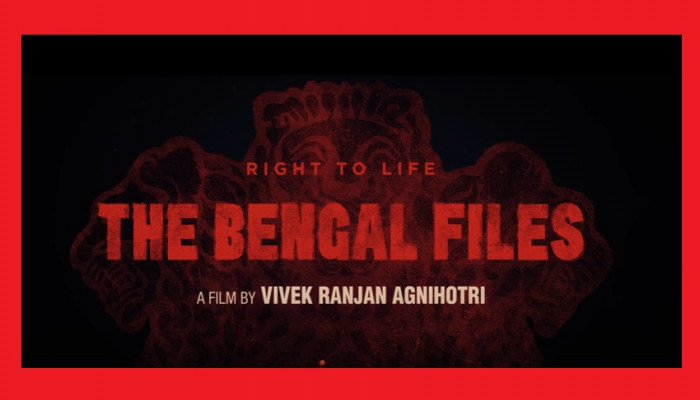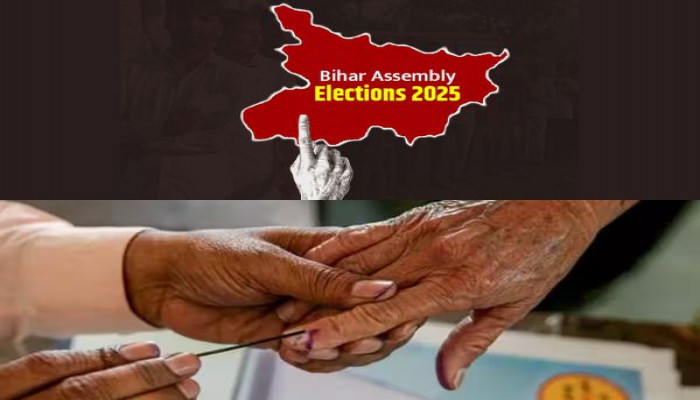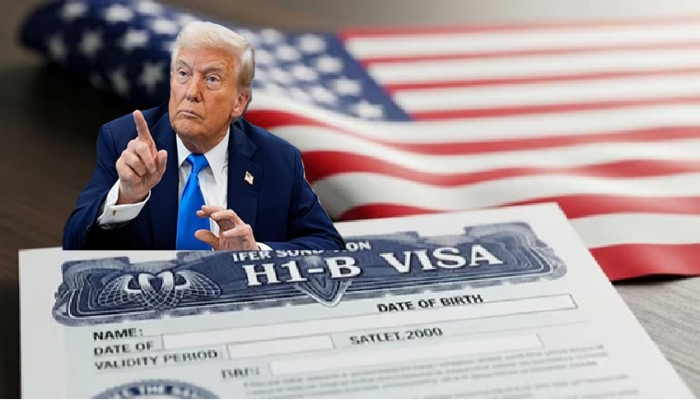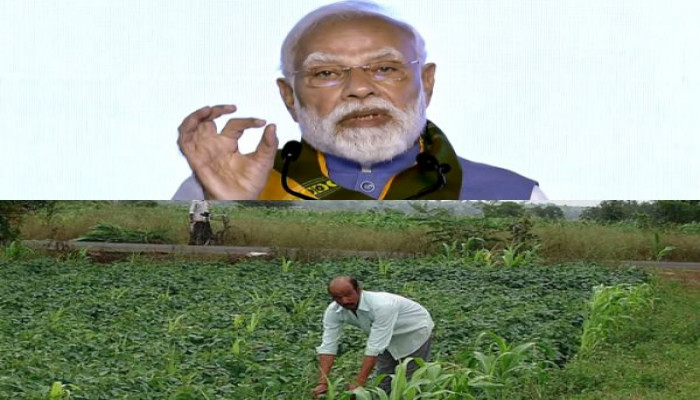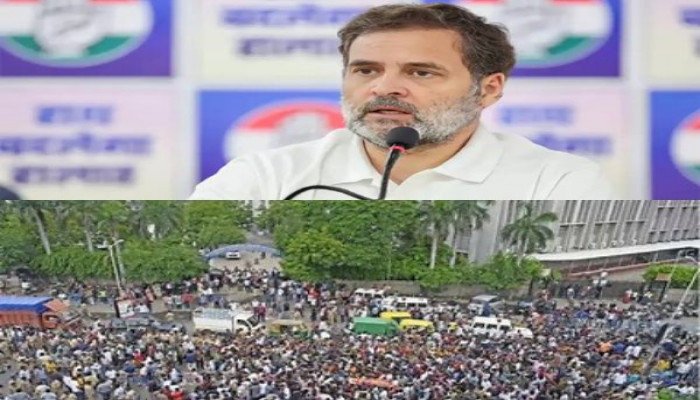- Nov 18, 2025
- Rinita Mazumdar
Featured Articles
The Bengal Files: A Feminist and Psychoanalytical Analysis
According to Aristotle, tragedy is an imitation of an action that is serious, complete and designed to evoke emotions of pity, fear, leading to catharsis of these feelings. The Bengal Files, through its vivid mimicry (imitation) of the events of 1946, evokes the rasas or moods of Bhayanak and Bibhatsay (horror and disgust); when the wave of emotions subsides, one questions: “Is this our future? If so, what next?” A feminist analysis always starts with the personal and slides over to the political, from the oikos or household to the greater polis. People in my extended family fled from what was then East Bengal and then again from East Pakistan in the 1950s, 1960s, and 1971. The stories of my family echoed in the dilapidated house of the elderly Maa Bharati. She lives partly in the present and partly in a world of memories, bruised, hurt, wounded with a thousand years of invasion, genocide, iconoclasts of her most sacred spaces and what remains is a caricature of her ancient civilisation. Those whose blood flows in my veins and who saw their beloved massacred and fled penniless, homeless, overnight, even some butchered on their way to fleeing, were haunted by memories of vultures flying over their waking and dreaming states. They lived in fear that those whom they left behind were severely tortured and butchered, and everything taken away from them. Their personal stories are fragmented yet quilted in the larger civilisation where inhabitants of an ancient land witnessed with horror the cutting off of Maa Bharat’s body into two. Like Madman Chatur, they were muted and silenced. Their speech, like their phallus, is cut off. This is a symptom of loss that they have no phallus, no ownership, no entitlement to claim the right to their own land and their own sacred spaces. Like Maa Bharati (Bharat), they carry memories of their past, of their civilisational past. A beautiful, bubbly Bharati returns in memory, who stands up to fight and who loses everything, witnesses the brutal killings of her parents and her beloved Amarjeet. Amarjeet, one whose jeet or victory is indeed eternal gave up his life many times before to lit the diya that was trampled upon by invaders and colonizers: In Gwalior in 1612 from the Mughal Emperor Jahangir, in Kashmir in 1675 from the wrath of Aurangzeb, and again in 1946 in Calcutta and Noakhali from a brutal pogrom, where the Bhayanak and Bibhatsya inflicted into a permanent wound and stamps it on Maa Bharati’s body. The vultures keep encircling the sky of Maa Bharati, trying to extract as much as they can of her blood and bone. Yet, at the end, one does gain strength when the wave of emotions slowly ebbs. A mimicry, an imitation of the Bhayanak and the Bibhatsya, The Bengal Files in a possibility, it is a reality. The civilisation is slowly realising its inner strength, and the entire blue sky and the shining sun are visible, for the sky is now free of vultures. Maa Bharati regains her strength in her recognition of her lost love, Amarjeet, as a new officer. She carries too many wounds, and yet there are signs of healing. In a civilisation that believes not in a straight linear time, not in a set of Commandments under one Supreme Being and his messenger, in a civilisation where the “secular” is the “sacred” and the “sacred” is the “secular”, where binaries have no place, where multiplicity and sacredness resides in the smallest dust to the mighty stars, and where time cycles back over and over and sees the birth of the Divine, a resurgence in imitation of the Bhayank, the Bibhatsya. The Bengal Files is about Vish poison, Pharmakon, the Amrit, against the holahal (poison, pharmakon) of thousands of years of brutality, a catharsis where the vultures disseminate and their feathers flow and transform into diyas after diyas. At the end of a celebration, the noise, the smell, the cacophony, haunts us for days. At the end of The Bengal Files, the audience is left with that haunting tune of the beautiful young girl, Bharati, our beloved Bharat, singing about that eternal lover, still kept a secret in our hearts, the joyful flute player whispering that the civilisation is healing, a thousand diyas are lit, let us take our ektaras and sing, “Kichudin mone mone, ghorer kone…”- Nov 17, 2025
- Udit Shah



